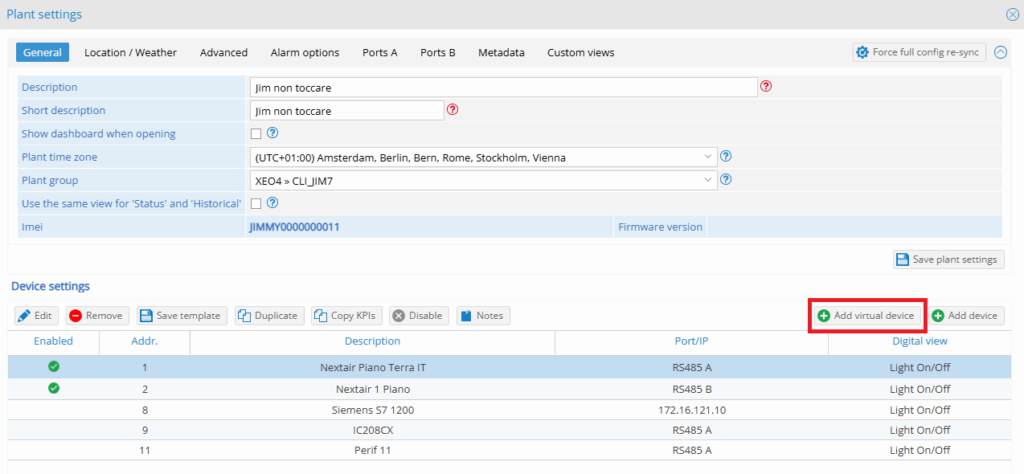The challenge of BigData lies in being able to minimize large amounts of data into a few ones, together with significant and immediate indicators. The KPI tool allows you to run all possible mathematical formulas to find the indicator that best expresses your process.
The calculation can be done using the variables of any plant present among those of the customer.
Thanks to Rilheva KPIs you can
- Optimize your processes, i.e. obtain better results, and with lower costs than the current ones
- Increase efficiency and performance (improve results with the same current costs)
- Access new sources of revenue by creating new business models
- Increase your customer loyalty
The KPIs are based on the T-SQL language and are of 2 types:
- Live: formulas based on the last values read from the field
- Periodic: formulas based on calculations from past periods
Note: in the Rilheva Platform website, you may encounter the “Virtual Signals” feature, which is actually referring to KPIs. So Virtual Signal is an alias for KPI, in Rilheva.
Virtual signals can only be added within virtual peripherals.
Virtual peripherals are available both for real plants (maximum 1 only) and for virtual plants (up to 250).
The real plants are those that receive data from the field and can be of various nature (MQTT, Modbus, OPC-UA, API, FTP, etc.)
In summary you can have:
- Real plant → virtual peripheral (maximum 1) → virtual signals
- Virtual plant → virtual peripheral (maximum 250) → virtual signals
How to access the KPI configuration
Once you have selected the desired plant, press the wheel in the upper right corner between the pencil and the bell:

Then click on the button “add virtual device” (if you can not press it means that the maximum number of virtual devices present has been reached):

You can then choose whether to enable the device, write a description of it and choose the default mode in which digital signals are displayed.

Once the configuration is saved, it will be possible to access inside the device to add the desired virtual signals (KPI).

Was this helpful?
0 / 0